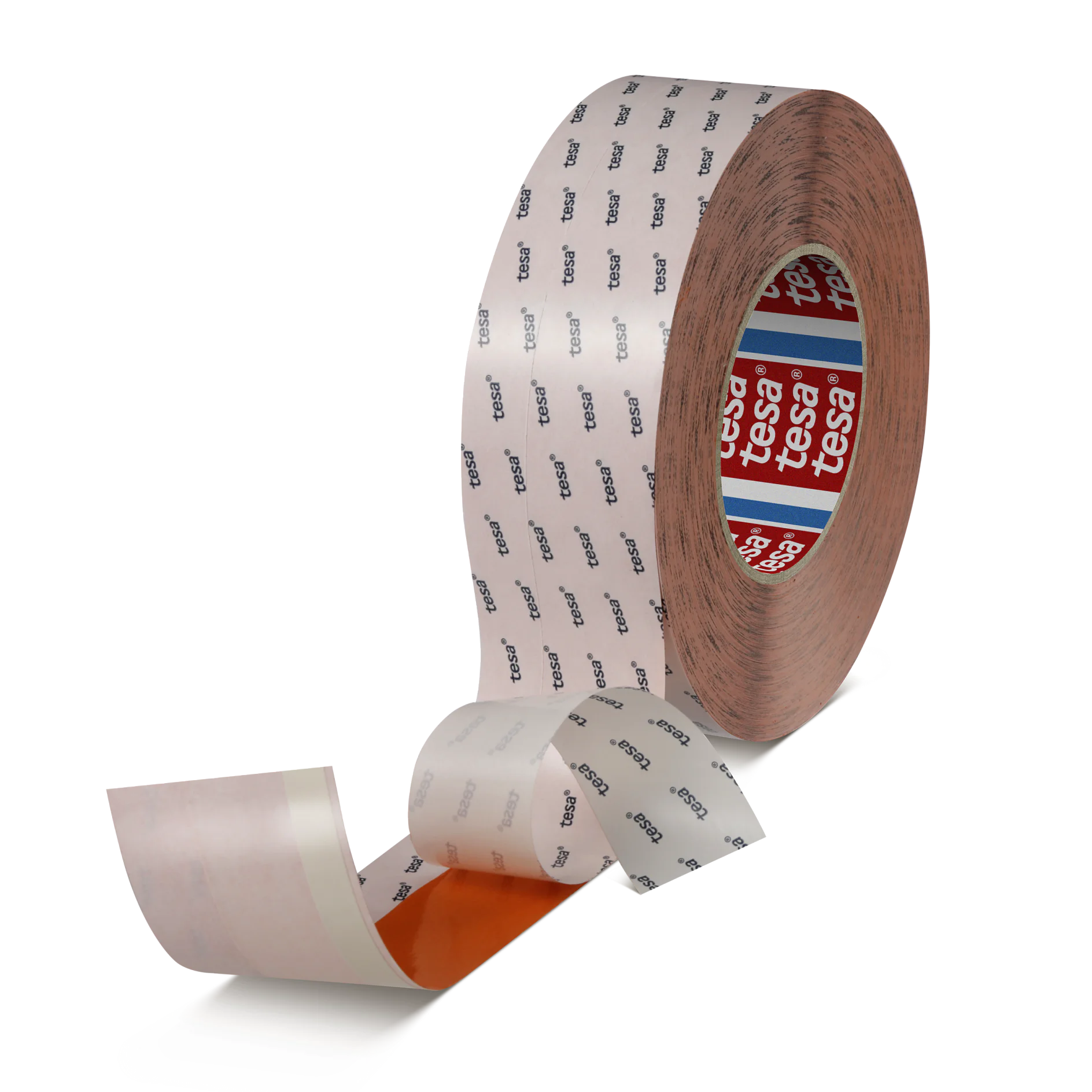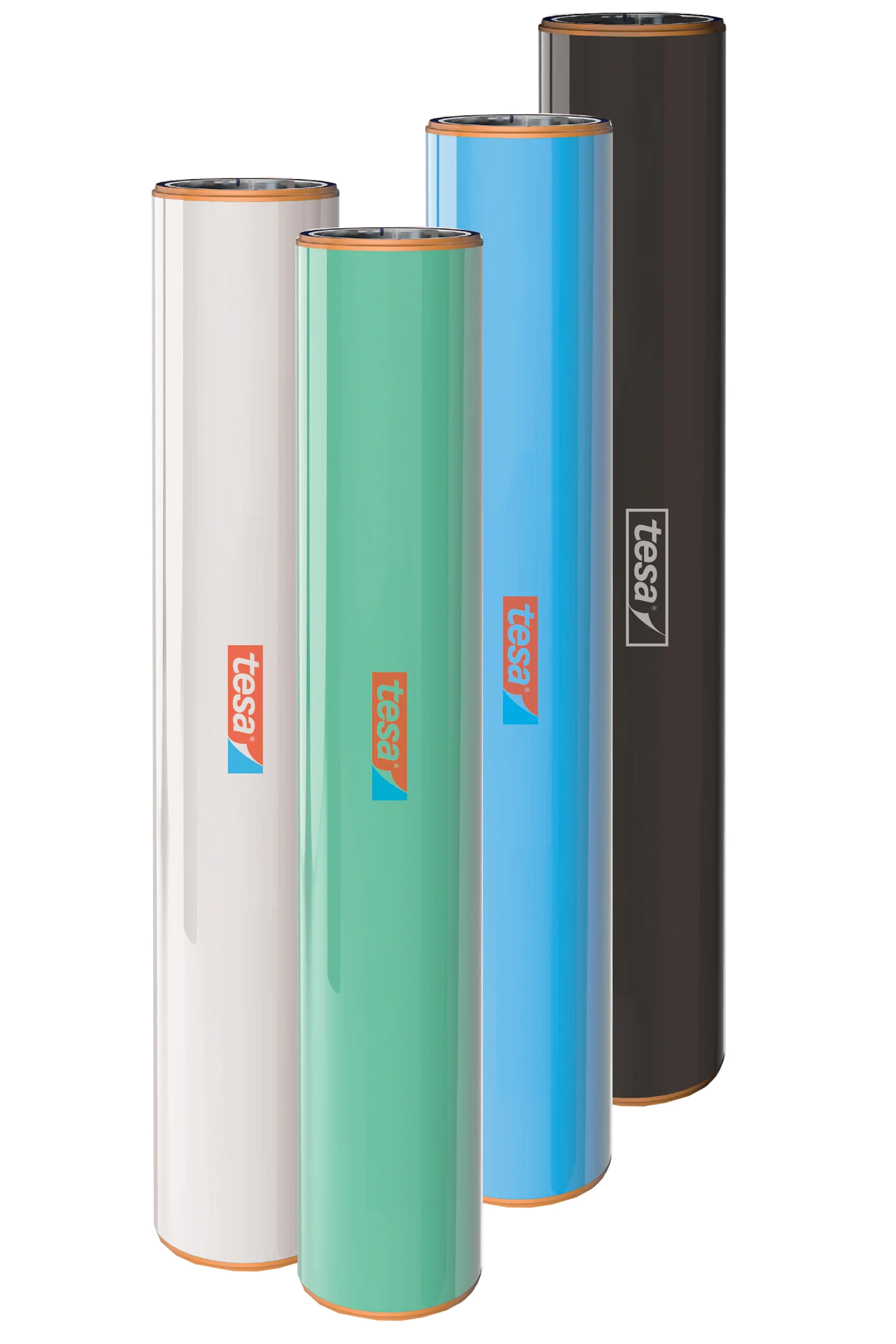As one of the world’s leading adhesive technology companies, we have for many years been a pillar not only of innovation and high product quality, but also ecological responsibility. With production facilities in different countries, we bear tremendous responsibility for environmental issues. Treating the environment, natural resources and raw materials with great care is one of our corporate goals. We are also offering products that enable our customers to achieve their sustainable development goals.

Here’s What We Do For Sustainability
Technologies
From CO₂ reduction, over efficient use of resources to offering more sustainable product solutions, we have been working for many years on reducing our environmental footprint.
Climate Protection and CO₂ Emissions
tesa’s primary environmental impact is the energy consumption at its production facilities. We therefore put particular emphasis on protecting the climate and reducing CO₂ emissions. At all sites with a significant environmental impact, we use environmental management systems to control environmental performance effectively. Seven production facilities and our headquarters have an ISO 14001-certified environmental management system.
In addition to the environmental management system, our headquarters and the production facilities with the highest CO₂ emissions (Hamburg and Offenburg) have an energy management system certified in accordance with ISO 50001.
We were able to reduce the specific CO₂ emissions per metric ton of end product according to the market based method, taking into account electricity from renewable sources, by 1.8 percentage points compared to the previous year during the reporting period. Compared to the 2015 reference year, overall we are at -9.8 percent according to the location based method in 2019, and are within the target range of the 10 percent reduction we are pursuing for 2020.
Efficient Use of Resources
In accordance with our environmental guidelines, we strive to produce, to use and to dispose of products in such a way as to minimize our harmful impact on the environment. The efficient use of resources is key. We take care to employ environmentally friendly manufacturing processes from the early stages of developing our products. Wherever possible and sensible we use renewable and recycled raw materials.
Responsible Use of Water
In our production processes, we strive for the careful and economical use of water. Furthermore, as a chemical company that operates worldwide, we consider it to be our responsibility to protect water sources from contamination caused by our production activities. Two German production facilities and the headquarters account for approximately 77 percent of our total water withdrawal. At these three sites, we draw on technological solutions in order to ensure the most efficient use of water. Approximately 40 percent of the water is used in cooling systems and is done so repeatedly.
Enabling Sustainability for Customers
Our products represent the highest level of quality, safety and the responsible use of resources. However, we do not make only our own products more and more environmentally friendly but also support our customers’ efforts to contribute to climate protection or resource conservation with our solutions: Our applications help them to manufacture their product in a more durable, efficient and energy-saving manner. This results in lower CO₂ emissions and less waste.
With our applications and solutions, we support our industrial partners in improving their processes or products: We want to be an enabler in using our innovative adhesive solutions to help customers increase the sustainability of their processes and products.
Our products also contribute to more sustainability in the print and paper industry:
tesa® EasySplice for the Print, Paper and Film Industry
For over a decade, tesa® EasySplice has proven effective for flying splice in the print, paper and film producing industry. tesa® EasySplice is made out of paper, i.e. biobased material, and supports sustainability with three different aspects:
- Most importantly, the excellent splicing rate of tesa® EasySplice helps to make full use of the material produced and reduces waste in the production process.
- In order to recycle paper, it needs to go through the “deinking” process. This means that ink and other foreign substances, like adhesive tapes, need to be easily removable from the paper. Our tesa® EasySplice products for the print industry support paper recycling and are certified for the de-inking process by the International Association of the Deinking Industry (INGEDE).
- In addition to that, we offer tesa® EasySplice products for the paper producing industry that are fully repulpable. That means that tesa® EasySplice can be put into the pulp again to produce new paper and is supporting the circular economy.


tesa® Twinlock
Our innovative tesa® Twinlock series is one example of how we are contributing to a more sustainable packaging industry. The tesa® Twinlock sleeves are used for “flexoprinting”, which is a printing method mainly used for packaging printing. The self-adhesive tesa® Twinlock layer on the sleeves makes it possible that plate mounting of printing plates no longer involves adhesive tapes. Customers such as Christiansen Print made the switch to a more sustainable, eco-friendly, and resource conserving manufacturing process with our tesa® Twinlock sleeves and is benefiting from improved print performance and economic advantages.
If you want to know more about tesa’s responsibility and our commitment to sustainabilty, please have a look at our Sustainability Report which you can find here: